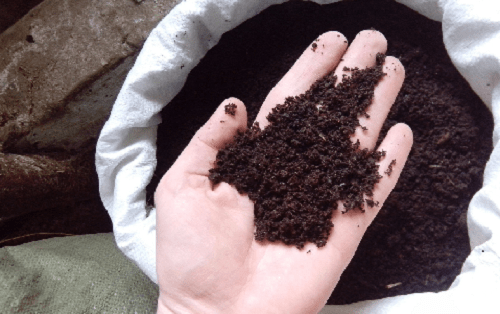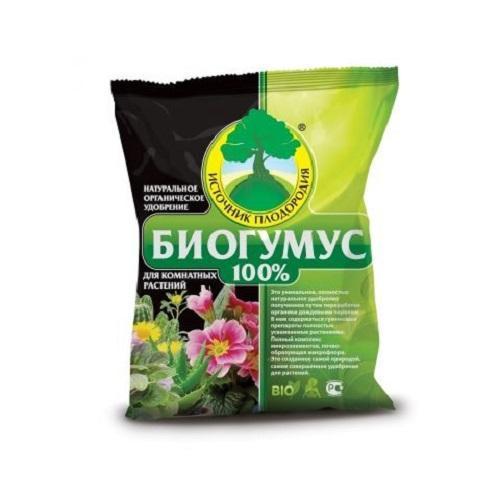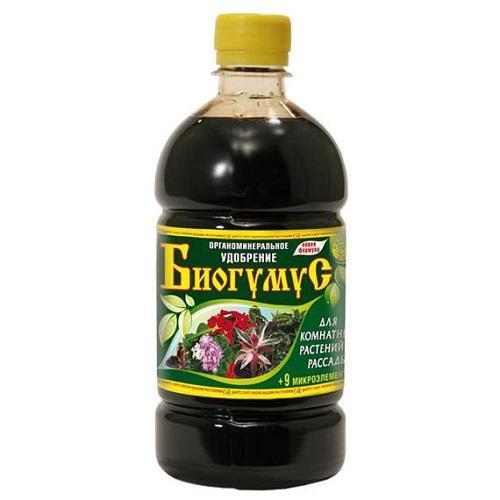Using humus to fertilize indoor flowers
Among the organic fertilizers used for plant nutrition, it is worth highlighting humus... It is a waste product of poultry and animals processed by worms, including plant residues. As a result of the introduction of humus into the soil, its structure becomes looser, which has a positive effect on the growth of indoor plants and the formation of their root system.

Humus can be used to fertilize all plants, regardless of their type and the composition of the soil on which they are grown.
How is humus useful for indoor plants?

Humus contains water-soluble humates of sodium, potassium and lithium. They are necessary for the normal development of plants, because:
- accelerate seed germination;
- increase the survival rate of seedlings after transplantation;
- stimulate active growth of roots and the whole flower,
- accelerate flowering and make it more lush, and also affect the increase in flower stalks in size;
- activate the processes of photosynthesis in plants, making the color of the green mass more saturated;
- promote the assimilation of nutrients from the soil by flowers.
How to use humus fertilizer for indoor plants

Organic fertilizers widely used during the period of active plant growth: with the onset of spring - and until late autumn. Among the ways of using humus are the following:
- Watering and spraying. To prepare a concentrated solution, 1 tbsp is poured into a bucket of water (not cold). humus, stir thoroughly and leave to infuse for a day. The finished solution resembles brewed black tea in color. Before using 1 tbsp. infusion dilute with 2 tbsp. water. This solution is used for watering and spraying indoor plants, and the thickness formed at the bottom of the bucket is poured into flowerpots.
- Adding to the soil. Humus has proven itself especially well when growing flower seedlings. Young seedlings grow more actively and get sick less if they are planted in a substrate of 1 part of humus and 2 parts of soil from the garden.
- Soaking seeds in a humus solution for 12 hours increases their germination capacity up to 96%, which is 17% more when compared to soaking in water.

If it is not possible to transplant indoor flowers into new soil every spring every year, they simply renew the topsoil. To do this, carefully select the ground, and in its place pour a layer of pure humus 2 cm thick. You can also pre-mix it with new soil, then the layer becomes thicker.